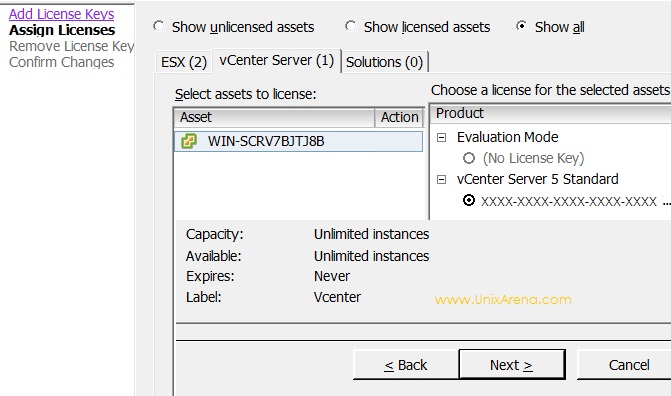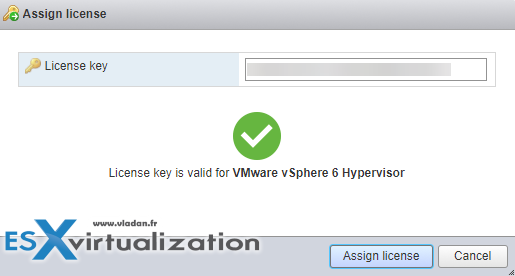


This list is definitely going to change as support is verified but it’s certainly something you’ll want to check before upgrading.

vCenter Server Domain Repoint License Considerationsĭomain repointing copies license keys to a new domain.
#Vmware vsphere 6.5 free license use 6.0 key license key
With vSphere 6.5 and later, VMware offers the Synchronize Licenses feature that you can use to import license keys and license key data from Customer Connect to your vSphere environment. Synchronizing Licenses with Your Customer Connect Account.You can view the licenses that are available in vSphere, current license assignments and usage, available license capacity, licensed features in use, and so on. You can view the licensing state of the vSphere environment from a central place by using the license management functionality in the vSphere Client.

Assets are vCenter Server systems, hosts, vSAN clusters, Supervisor Clusters, and solutions. You can use the license management functionality in the vSphere Client to license multiple assets at a time from a central place. To license an asset in vSphere, you must assign it a license that holds an appropriate product license key. Examples of suite products are vCloud Suite and vSphere with Operations Management. When participating in a suite, suite components have different licensing models than their standalone versions. Suite products have a single license that you can assign to all suite components. Suite products combine multiple components to provide a certain set of capabilities. You must also understand how the evaluation period for each product works, what happens when a product license expires, and so on. To apply their licensing models correctly, you must understand how the associated assets consume the license capacity. If your vSphere 6.0 or later environment consists of vCenter Server 6.0 or later, and 5.5 systems, consider the differences in the license management and reporting between vSphere 6.0 and later, and vSphere 5.5.ĮSXi hosts, vCenter Server, vSAN clusters, and Supervisor Clusters are licensed differently. Licensing for Environments with vCenter Server Systems 6.0 and Later, and 5.5.The License Service delivers centralized license management and reporting functionality to vSphere and to products that integrate with vSphere. In vSphere 7.0, the License Service is part of the vSphere environment. The licensing system in vSphere uses specific terminology and definitions to refer to different licensing-related objects. Solutions are products that integrate with vSphere such as VMware Site Recovery Manager, vCloud Networking and Security, vRealize Operations Manager, and others. VSphere provides a centralized license management system that you can use to manage licenses for ESXi hosts, vCenter Server systems, vSAN clusters, Supervisor Clusters, and solutions.


 0 kommentar(er)
0 kommentar(er)
